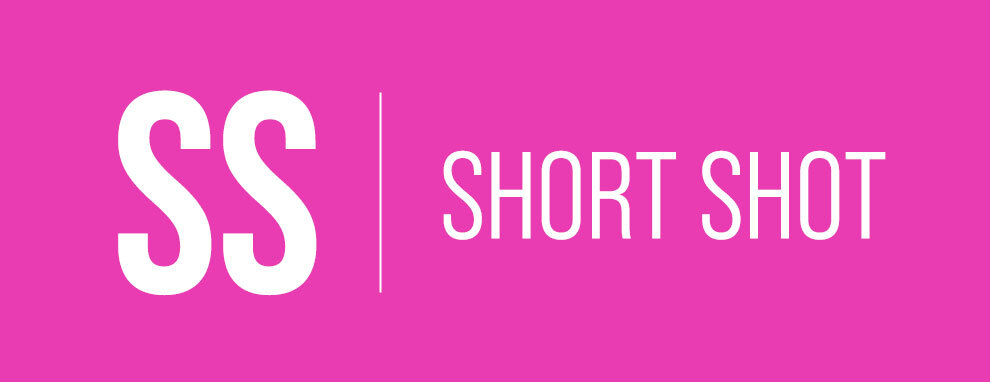A Simple Simple Short Shot
Loss Leaders Explained - a win or a loss, or both?
Marketing a short term loss for a long term gain with this pricing strategy
The proven theory behind loss leaders is that the loss on certain products or services is worth the overall, long-term gain to the company – leading people to their business and their other, full-price sales and services.
A LOSS LEADER IS ANY SERVICE OR PRODUCT THAT IS SOLD BELOW COST IN AN EFFORT TO ATTRACT CUSTOMERS OR TO INCITE SALES OF OTHER PRODUCTS.
If the pricing is quite low but not at a loss it can be referred to as leader pricing. Two examples instantly spring to mind that outline the good and the bad of this marketing strategy.
Pizza Hut’s “Full House XL Pizza”
In 2005 Pizza Hut blew away the competition with their massive pizza that could feed an entire family and cost less than ten bucks. It was 30% bigger than their large pizza and offered the best value for families who wanted to order pizza. They got big name celebrities like Naomi Campbell, then-respected Donald Trump, Jeff Probst, sports stars like Deion Sanders and Randy Johnson – they even got the Muppets and Audrey II from Little Shop of Horrors to star in ads for the deal.
The promotion was so successful that people all over the country were ordering these extra large pizzas without any accompaniment. Pizza Hut expected customers to augment their orders with delicious add-ons like pop, breadsticks or salads, but instead they stuck with this one, XL pizza. In only a few days the promotion was cancelled. They didn’t even get a chance to air the second commercial, nor film the third.
Pizza Hut took a chance at an incredible value, thinking it would lure business from other pizza companies (which they did) and gain from the additional sales (which they didn’t). The promotion was just too good of a deal.
McDonald’s Dollar Drink Days
It’s an annual event for the frugal: McDonald’s Dollar Drink Days. Through the summer any size of soft drink and the medium or small sized iced coffee is only a dollar. The promotion used to include any size of iced coffee, but that cost the company too much to maintain so they reduced the size in subsequent years. Their goal was not only to be highly relevant to customers to stop and grab a drink, a market the convenience stores had previously cornered, but also to drive sales of food over the summer months.
Dollar Drink Days have grown to include frozen lemonades, fruit smoothies, and iced frappes, although only in small, and has extended from 100 days to 150 days — McDonald’s reports a 5% increase in total sales in part because of their espresso and beverage programs. Not only that but drivers are opting to do a quick spin through the drive-thru instead of stopping at 7-11, giving them access to a new and growing demographic.
This drink promo has done really well in the States and in Canada and shows no sign of slowing down. Unlike Pizza Hut, McDonald’s found an item with enough of a profit margin (some suggest 90%) that they could severely discount the price while drawing more customers and sales in other departments.
Is a loss leader too scary for you to try? Check out our blog on Ambush Marketing to see if that’s more your style.


